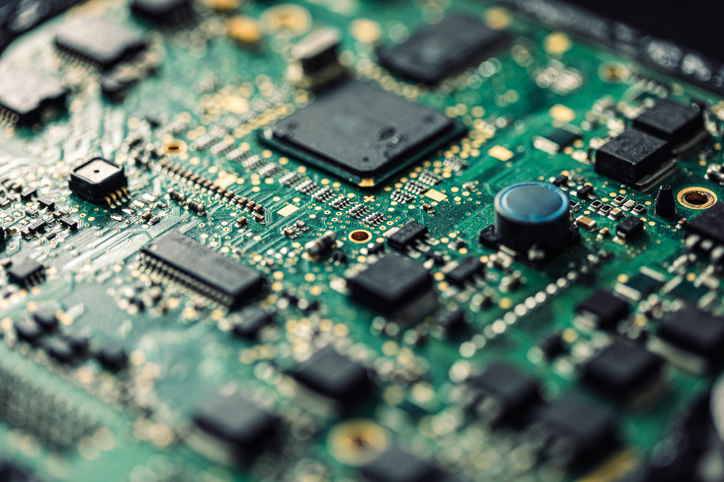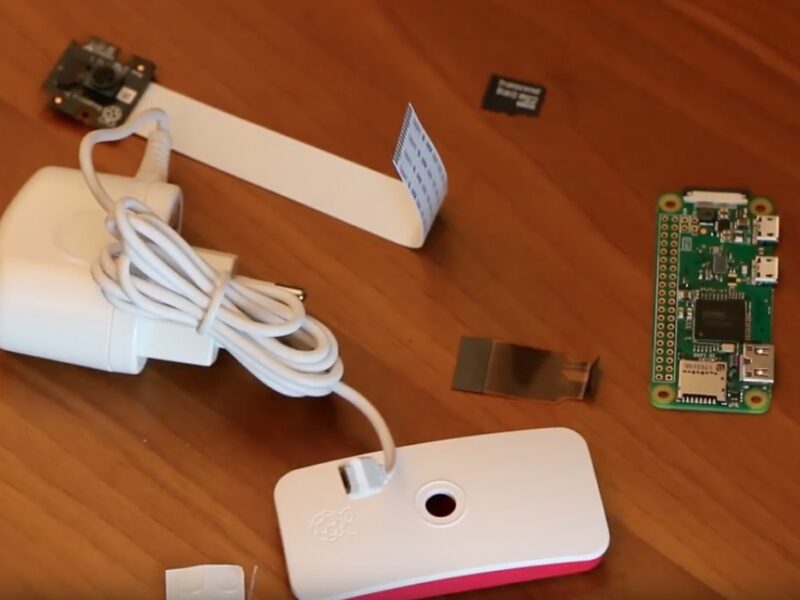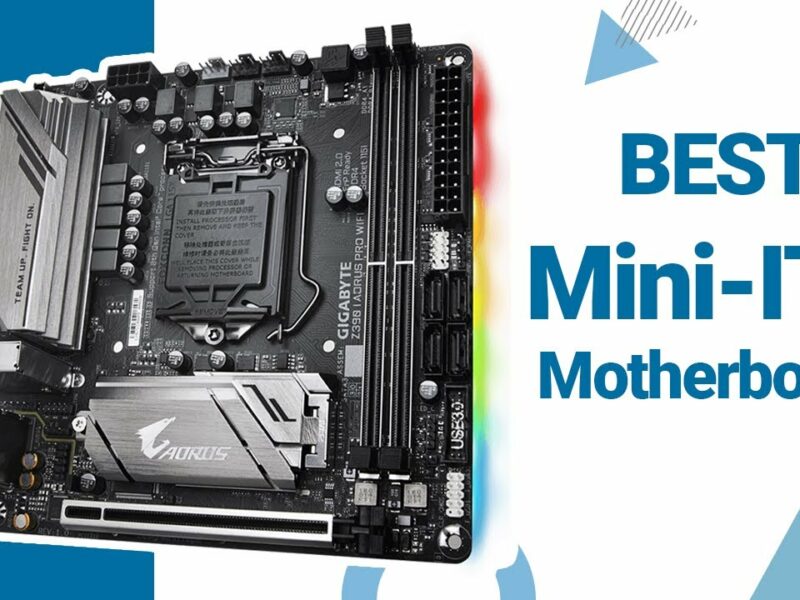Category: Single Board Computers, microATX motherboard
The microATX motherboard IEI Integration IMB-H810-i2 supports 22nm LGA1150 Intel® Core™ i7/i5/i3, Pentium®, Celeron® CPU per Intel® H81. It provides two connectors for HDMI and D-SUB, supports dual displays. Additionally, there are six SATA III connectors, one PCI Express Gen 3.0 x16 slot, and four PCI Express Gen 2.0 x1 slots on the board. This microATX motherboard is perfect for your SFF system build or office PC upgrade.

microATX motherboard IMB-H810-i2
The microATX motherboard supports the latest 22nm LGA1150 Intel Core i7/i5/i3, Pentium, and Celeron processors. It also has dual-channel DDR3 1333/1600 MHz support for up to 16 GB of RAM. The motherboard also uses the latest Intel HD Graphics technology, which integrates high-performance graphics and media processing. Additionally, the motherboard features ten COM ports, USB 3.0, and SATA ports. It also has a TPM V1.2 hardware security function as well as IEI One Key Recovery solution for rapid OS backup and recovery. Lastly, it supports IPMI 2.0 via the iRIS-2400 module.
The IMB-H810-i2 is a great choice for businesses that are in need of a reliable and durable tablet. This tablet comes with an Intel Core i5 processor, 8GB of RAM, and a 128GB SSD. It also features a 10.8-inch display and Windows 10 Pro. Plus, it has a long battery life so you can stay productive even when you’re on the go.
microATX motherboard
A microATX motherboard is a type of motherboard that is smaller than the traditional ATX motherboard. This type of board is designed for use in small form factor (SFF) computer cases and can be used with either Intel or AMD processors. A microATX motherboard has several advantages over its larger counterpart.
First, it is more compact and takes up less space inside the case. Second, it typically costs less than an ATX motherboard.
Finally, it is easier to install and can be configured to meet the specific needs of the user.
When choosing a microATX motherboard, there are several factors to consider. The first is the type of processor that will be used. Most microATX motherboards support both Intel and AMD processors but check to make sure that the board you choose is compatible with the processor you plan to use. Second, be sure to check the form factor of the case you plan to use.
Some microATX motherboards are designed for larger cases, while others are designed for smaller cases. Finally, be sure to check the number of available slots and connectors on the motherboard. Some boards have more slots and connectors than others, so make sure that the board you choose has enough for your needs.
When installing a microATX motherboard, be sure to follow the instructions that came with the board. These instructions will help you properly install the CPU, memory, and other components. Also, be sure to check the manual that came with your computer case to ensure that everything will fit properly.
IEI Integration
IEI Integration is a process of combining the operations and information systems of two or more companies. This can be done in order to improve communication, reduce costs, or improve efficiency. When done correctly, IEI Integration can provide many benefits for the companies involved.
One of the most important aspects of IEI Integration is selecting the right partner companies. It is important to find companies that share the same values and have similar goals. If the companies do not mesh well together, the integration process will likely be unsuccessful.
Once you have found the right partner companies, the next step is to develop a plan for the integration process. This plan should include a timeline and a budget. It is important to be realistic with these projections, as unrealistic expectations can lead to frustration and disappointment.
The final step in the IEI Integration process is execution. This is where the hard work begins. It is important to stay focused and diligent during this process, as any mistakes can have a negative impact on the integration process.
If executed properly, IEI Integration can be a great way for companies to improve their operations and communication. By working together, companies can reduce costs, improve efficiency, and create a stronger business foundation.
Ref: IMB-H810-i2




